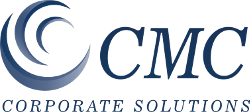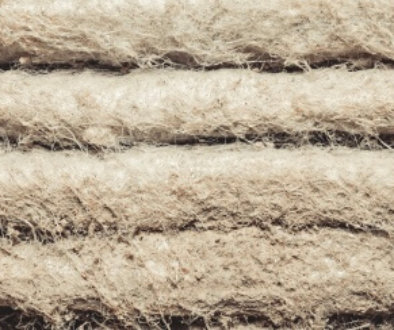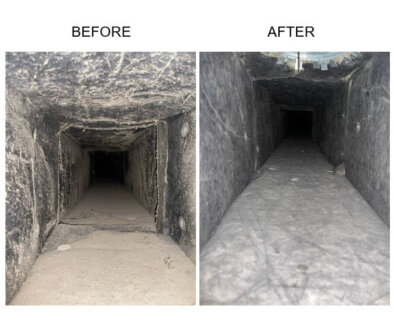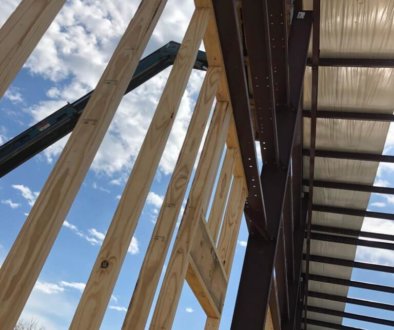Low Cost – No Cost Energy Management
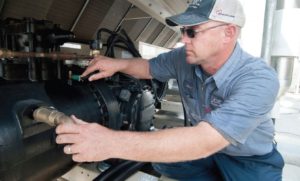 In today’s financial economy everyone is looking for ways to either save money or increase revenue and profits. If you fit into either of those categories here is a list of a few energy saving ideas that all have a quick payback, you may find helpful. By implementing these low or no cost activities you might be able to avoid spending money on energy management equipment and software.
In today’s financial economy everyone is looking for ways to either save money or increase revenue and profits. If you fit into either of those categories here is a list of a few energy saving ideas that all have a quick payback, you may find helpful. By implementing these low or no cost activities you might be able to avoid spending money on energy management equipment and software.
Obvious Starting Place
The most intelligent place to start is by walking through your building with a pad of paper and a pen. Write down everything the looks out of place. If you find any of the following:
- broken
- bent
- dusty
- dirty
- grease
- leaky
- wet
It is likely there is something wrong. These are a good measure of functionality. It they exist within a system, there is a good chance is not working like it should. According to USGA a single dripping faucet, 1 drip a minute, wastes 34 gallon of water in a year.
There are people willing do a facility survey for you. Building inspectors are trained to look for these kinds of problems and most only charge a few hundred dollars for a full report.
If you find out the building and its equipment are running as designed, and you are still looking for ways to save money on your energy expense, then you will more than likely need to look at other more aggressive measures to save money on energy. We have created a document were you can find information about more aggressive energy management measures if you’re interested.
In some markets you can contact your local electric utility and they will provide a free or inexpensive energy audit. This audit can be very helpful in determining where to focus your initial energy saving efforts.
Lighting
Lighting is a common starting place. Some lighting modification are simple enough to do yourself, other will require you to hire a lighting contractor.
For example, you could easily start changing your light bulbs to more energy efficient versions, ones that don’t require a new fixture. LEDs with an ENERGY STAR certification can reduce your energy use for lighting by more 50 percent. That type will require replacing the fixture as well as the bulb.
You could install movement sensors in rooms that are not frequently occupied. These will turn the lights on when someone enters the room, and turn them off when they leave. Bathrooms, closets, storage rooms, and meeting rooms are great places for these.
Air Conditioning Systems
Commercial HVAC systems can be real energy pigs, particularly in the summer months. It is a foregone conclusion these systems will cost you an arm and leg if they are not maintained.
Start with a good coil cleaning. Coils are the key to what is called heat transfer. Heat transfer is the primary scientific principle that makes refrigeration work. If your coils are not clean they cannot transfer heat efficiently. Dirt on your coils would be like putting a 2” by 4” piece of wood on the stove then trying to boil a pot of water. The heat from the burner cannot get to the pot in order to boil the water. Dirt and dust on your coil act just like the piece of wood on the stove, it insulates the coil.
With clean coils make sure you have good filters and change them as they get dirty. Filters serve to purposes, keep your breathing air clean and keep your equipment clean. Most air filters have an air flow direction, make sure yours are installed correctly.
Once the filters are installed check them after a month. If they are dirt changes them, if not wait 2 more weeks and check again. Continue checking every 2 weeks’ until they are dirty enough to need changing. Then set a schedule to have the changed based on the time between the initial installation and when you changed them.
Check your ductwork for leaks. You can patch these with, you guessed it, duct tape.
Best practice would be to hire a service company, like, exactly like CMC Corporate Solution, to take care of the systems with a professionally designed maintenance program.
